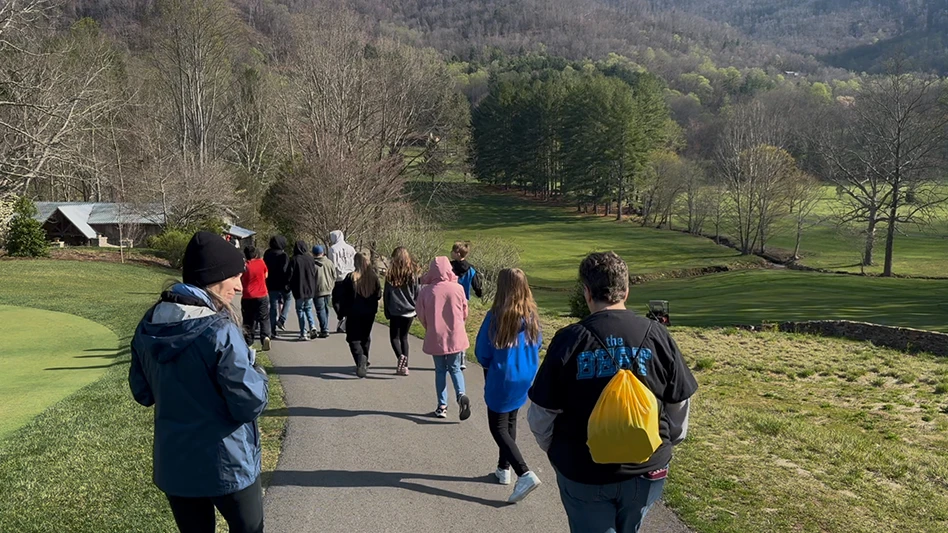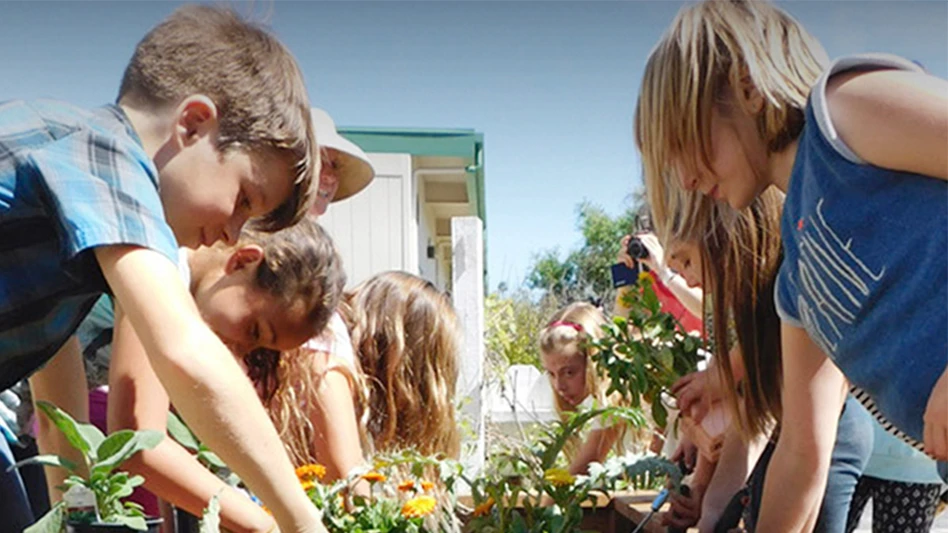_fmt.png)
There never seem to be enough vehicles for workers to use for dashing from one corner of the course to another. What if there was an affordable alternative to borrowing a golf car from golf operations? You know, something for all those trips where you don’t need a dump truck or a spray rig. Something you could use to run a spare part out to an irrigation dig site or take a string trimmer and a gallon of 50:1 mix out to string trim the back nine.
At first, I looked at the Rupp-like mini-bikes as representing the minimalist form of motorized transportation and the price was remarkably low. Looking at the tasks we would use them for, two wheels might not be enough and maybe too minimalist.
The next step up is a go-kart, which has four wheels and a steel roll cage that I could weld baskets and brackets to. So, I began looking for where to get go-karts, parts and technical support.
While shopping at Wal-Mart, I walked past a stack of big boxes with pictures of go-karts on them. Still being a little kid at heart, I had to stop and read the description and stare at the pictures for a while. As an adult, I was shocked at the price – the sign said $499, about half their regular price. The idea of being able to buy 10 of them for the price of one golf car was intriguing. A four-year, no deductible warranty can be purchased for them to help control cost of ownership. I started looking into what the repair costs would be to maintain a small fleet of them and found that replacement parts are also about 1/10th the cost of golf car parts. All things considered, it looked like an idea worth testing.
Starting with a used go-kart that cost about $200, I began modifying it to see if there was anything about it that would prevent us from using new ones as transportation for workers on the golf course. The first modification was to switch to golf-car tires and rims which raised the ground clearance a little bit. I swapped out the engine for one with electric start, added a battery and holder for the starter, changed it from one wheel drive to live axle with both rear tires driving, and I altered it from a centrifugal clutch to variable speed transmission (new ones have this). I then added a roll cage, pipe insulation foam padding to the roll cage pipe and a golf-car brake assembly. Finally, I repainted the go-kart.
While I was working on the modifications, it suddenly dawned on me that one of the Crowns sister companies is a national go-kart park. In the spring, I should go meet the mechanic at the local one, see what advice he might have about maintaining a small fleet of them and see if he has any “spares” we could use.
Because the two companies don’t have much in common, I have only been over there once a few years back when they were giving away a mountain of used go-kart tires. I received about 50 tires and inner tubes from the free pile to use on 4-H MakerSpace Club projects and to use as boat fenders on a boat dock.
If the test in the spring goes well, I will need to add some of the normal things that workers ask for: 12 VDC power outlet, cup holder, sweater basket, windshield, splash guards, trailer hitch, tow bar attachment point, lights, etc.
That is the great thing about winter. I get to work on all kinds of experimental things. So many, in fact, that for a while one of the major manufacturers had asked me to keep them informed of what I end up working on.
Now that the go-kart is finished and waiting for spring, I have started on another of my pet projects — Mechanical Men. Being a one-man shop and advancing in years, I need some help around the Crown Maintenance Shop. Apprentices want to get paid more than what I am being paid, so I don’t see that happening any time soon. With robotics as one of my engineering specialties, I figure it is time for me to make my own helper. Stay tuned.

Explore the March 2018 Issue
Check out more from this issue and find your next story to read.
Latest from Golf Course Industry
- The Aquatrols Company hires marketing manager
- Renovating Bredemus in West Texas
- Renovation starts at Okatie Creek GC at Sun City Hilton Head
- The Fittest Podcast in Turf: Episode 1
- New 6-hole course debuts in Oklahoma
- GCSAA announces Grassroots Ambassador Leadership Award recipients
- Reel Turf Techs: David Gummo
- PBI-Gordon promotes two to executive level





